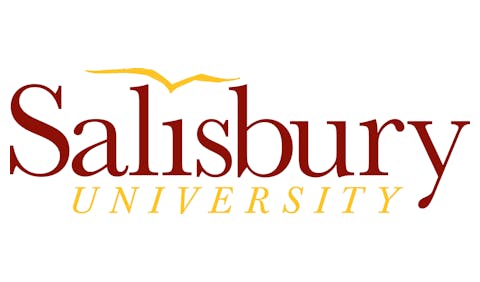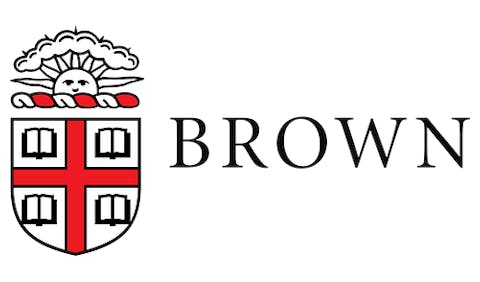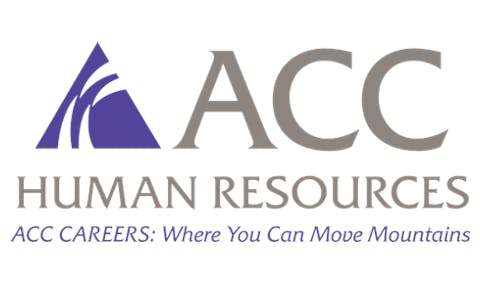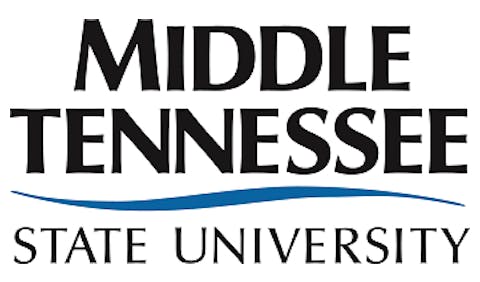Only 91 of the nation's four-year colleges and universities effectively serve low-income students by both enrolling and graduating them at high rates, according to a new study that reveals dramatic regional disparities in higher education access.
 Dr. Becca Spindel Bassett
Dr. Becca Spindel Bassett
"Access to Equity Engines is uneven and unjust," said study author Dr. Becca Spindel Bassett, an assistant professor at the University of Arkansas who coined the term. "This is a systemic failure, and one that states and the federal government have a responsibility to help fix."
The disparities are most pronounced in the South, where states with high youth poverty rates lack colleges meeting the study's criteria. Arkansas, Mississippi, New Mexico, Oklahoma, and West Virginia all have youth poverty rates exceeding 16.7 percent but no in-state Equity Engines.
To qualify as an Equity Engine, colleges must serve at least 1,000 full-time undergraduates, enroll at least 34 percent students eligible for federal Pell Grants, and graduate at least 55 percent of those low-income students within six years — a rate that would halve the national socioeconomic graduation gap.
"Most students attend college close to home, and low-income students are especially place-bound," Bassett said. "In many parts of the country, students growing up in poverty lack access to four-year colleges that will both admit them and support them to graduation."
The study reveals striking state-by-state variations. California leads with 21 Equity Engines, including 14 within the California State University and University of California systems. Despite having a 15.4 percent youth poverty rate, California enrolls 43.5 percent of its Pell Grant recipients in these high-performing institutions.
The contrast with Louisiana is stark: while 23.3 percent of the state's youth live in poverty, only 2.7 percent of Pell students attend an Equity Engine. Other states with both high need and strong Equity Engine access include Florida, Illinois, New York, North Carolina, and Texas, often driven by large public university systems.
Bassett's analysis drew from the U.S. Department of Education's Integrated Postsecondary Education Data System covering 2017-18 through 2021-22, combined with youth poverty data from the U.S. Census Bureau's American Community Survey for the same period.
The 34 percent Pell Grant threshold represents the national median, while the 55 percent graduation rate benchmark was set as the level needed to halve existing socioeconomic graduation gaps.
To address the disparities, Bassett recommends targeted investment in "Emerging Equity Engines" — institutions that already enroll significant numbers of low-income students but fall within five percentage points of meeting the graduation benchmark.
"We all benefit when the advantages of higher education are distributed broadly and equitably," she said. "There is much to learn from colleges that not only open their doors widely to low-income students but also excel in supporting their success."
The study appears in AERA Open, a peer-reviewed journal of the American Educational Research Association. Bassett called the institutions meeting her criteria "the true rockstars of our higher education system."


















